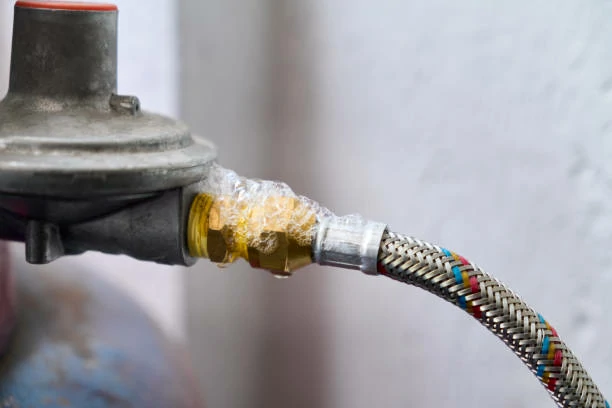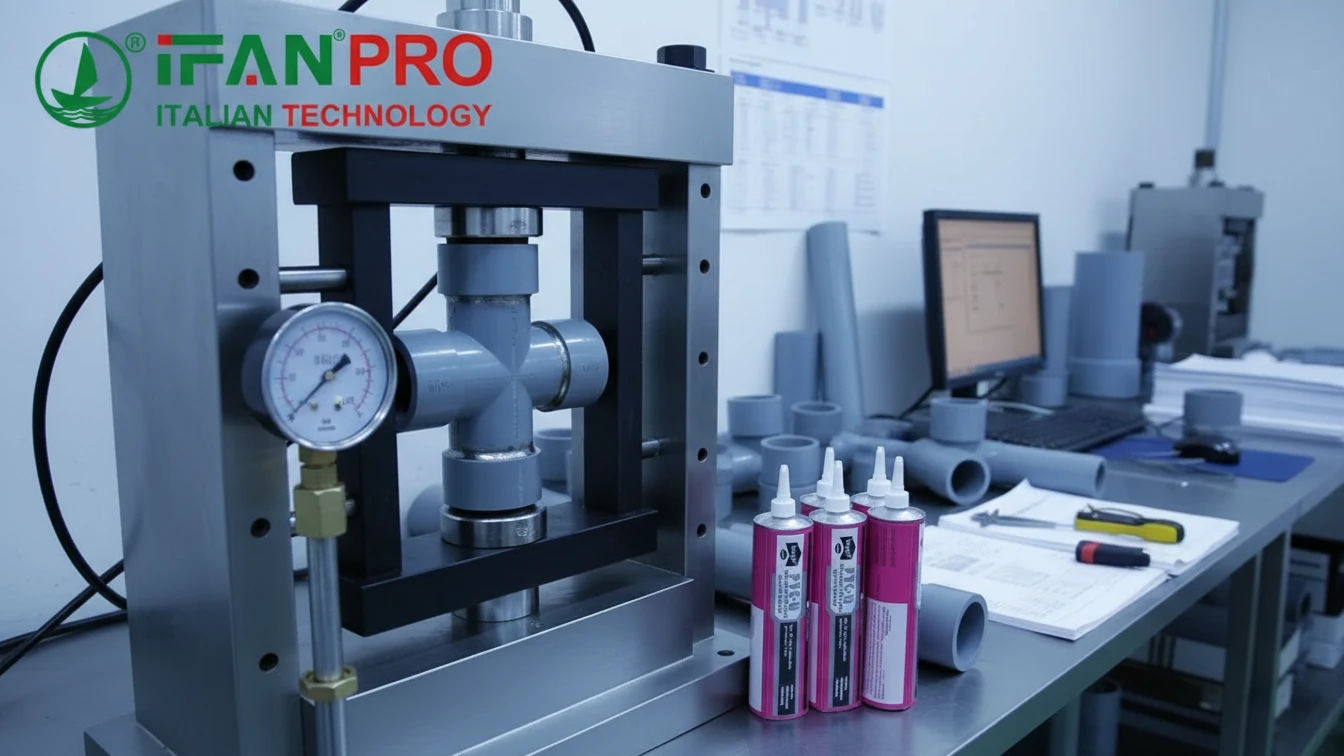Optimization of Gas Piping Systems: Improving Efficiency and Safety
Introducción
Optimizing gas piping systems enhances both efficiency and safety. Proper design, installation, and maintenance play crucial roles. Effective optimization reduces energy consumption, minimizes risks, and ensures system reliability.
System Design Considerations
Accurate Sizing
Properly size gas pipes to match the system’s demand. Incorrect sizing leads to inefficiencies and potential hazards. Use flow calculators and follow local codes to determine the correct pipe diameter.
Efficient Layout
Design the layout to minimize bends and turns. Straight runs reduce resistance and pressure loss. Plan the routing to avoid obstacles and simplify future maintenance.
Material Selection
Choose high-quality materials for durability and performance. Opt for corrosion-resistant pipes and fittings to ensure long-term reliability. Consider materials like steel or copper for high-pressure applications and PEX or PVC for lower-pressure systems.
Installation Best Practices
Proper Installation Techniques
Follow manufacturer guidelines and local regulations for installation. Ensure all joints and connections are secure and leak-proof. Use appropriate tools and techniques to avoid damage during installation.
Detección de fugas
Inspect all connections and fittings for leaks. Use gas detectors or soapy water solutions to identify leaks. Address any leaks immediately to prevent safety hazards.
Pruebas de presión
Conduct pressure tests to verify system integrity. Ensure the system can handle the required pressure without leaks. Regular testing helps identify and address potential issues before they become major problems.
Maintenance Strategies
Inspecciones periódicas
Perform routine inspections of the gas piping system. Check for signs of wear, corrosion, or damage. Regular inspections help identify issues early and prevent potential failures.
Cleaning and Maintenance
Keep the system clean and free from debris. Schedule periodic maintenance to ensure all components are functioning correctly. Replace worn or damaged parts promptly to maintain system performance.
Upgrades and Replacements
Upgrade components as needed to improve efficiency. Replace outdated or inefficient parts with modern, energy-efficient alternatives. Consider automated controls or sensors to enhance system performance and monitoring.
Efficiency Improvements
Reduce Pressure Drops
Minimize pressure drops by ensuring smooth and unobstructed flow. Use appropriately sized pipes and minimize the number of fittings and bends. Pressure regulators can help maintain optimal pressure levels.
Energy-Efficient Components
Install energy-efficient components, such as high-efficiency burners and regulators. Optimize the system to reduce energy consumption and operational costs. Consider energy-saving technologies that improve overall system efficiency.
Insulation
Insulate gas pipes to reduce heat loss and improve energy efficiency. Proper insulation helps maintain the desired temperature and reduces energy consumption. Insulation also protects pipes from temperature extremes and potential damage.
Safety Measures
Safety Valves and Shut-Offs
Install safety valves and automatic shut-off systems to protect against overpressure and other hazards. Ensure these safety features are functional and regularly tested.
Training and Certification
Ensure that all personnel involved in the design, installation, and maintenance of gas piping systems are properly trained and certified. This ensures adherence to safety standards and best practices.
Emergency Preparedness
Develop and implement an emergency response plan for gas leaks or other incidents. Train personnel on emergency procedures and ensure that emergency equipment is readily available.
Troubleshooting Common Issues
Leakage
If leaks are detected, turn off the gas supply and address the issue immediately. Tighten connections, replace damaged components, or reapply sealants as needed. Conduct thorough inspections to locate and fix all leaks.
Pressure Fluctuations
If experiencing pressure fluctuations, check for blockages or obstructions in the system. Verify that pressure regulators are functioning correctly and adjust as needed.
Corrosion and Wear
Inspect for signs of corrosion or wear. Replace corroded or damaged pipes and fittings promptly. Use corrosion-resistant materials to extend the lifespan of the system.
Conclusión
Optimizing gas piping systems enhances efficiency and safety. By focusing on accurate design, proper installation, regular maintenance, and efficient operation, you can improve system performance and reduce risks. Implement best practices for material selection, installation, and maintenance to ensure a reliable and safe gas piping system. Regularly evaluate and upgrade components to maintain efficiency and safety over time.
Conectar
IFAN es un fabricante chino de tuberías, accesorios y válvulas de plástico con 30 años de experiencia. Si está interesado en IFAN accesorios de cobre, válvulas de cobre, tuberías y accesorios de plástico, póngase en contacto con nosotros. IFAN le ofrece una variedad de tuberías estándar para satisfacer sus necesidades específicas. Haga clic a continuación para obtener más información sobre la amplia gama de productos de válvulas y productos relacionados con sistemas de tuberías asequibles y rentables de IFAN.
Responderemos a su correo electrónico o fax en 24 horas.
Puede llamarnos en cualquier momento si tiene alguna duda sobre nuestra producción.
Para más información, visite nuestra página web https://ifanpro.com/
Pls Mailto: [email protected]
Whatsapp: + 86 19857948982














Comentarios recientes